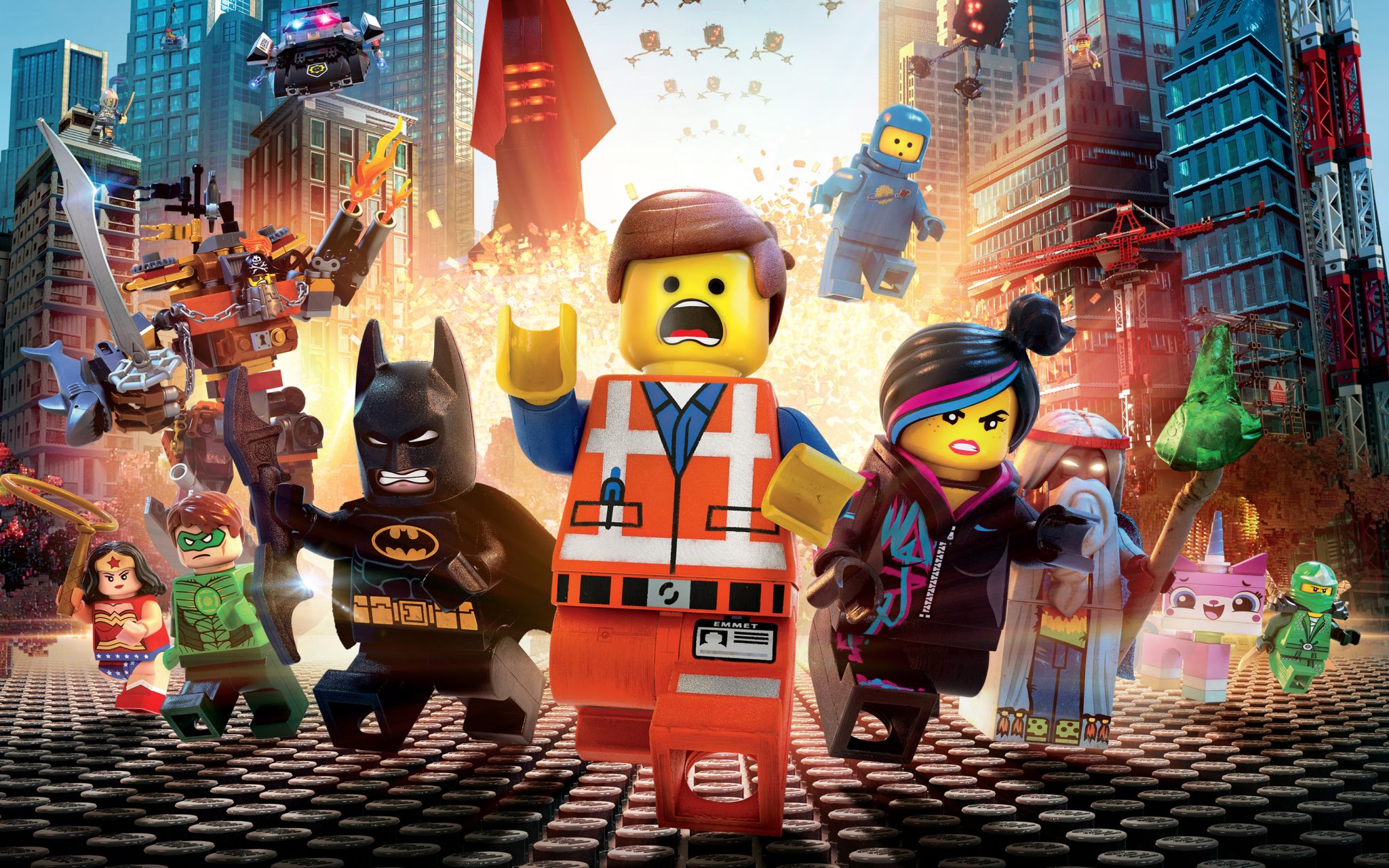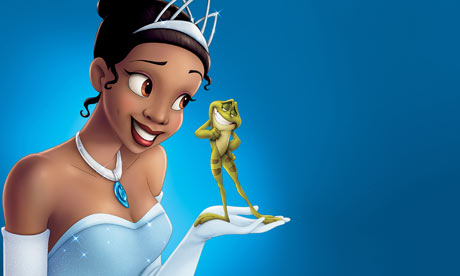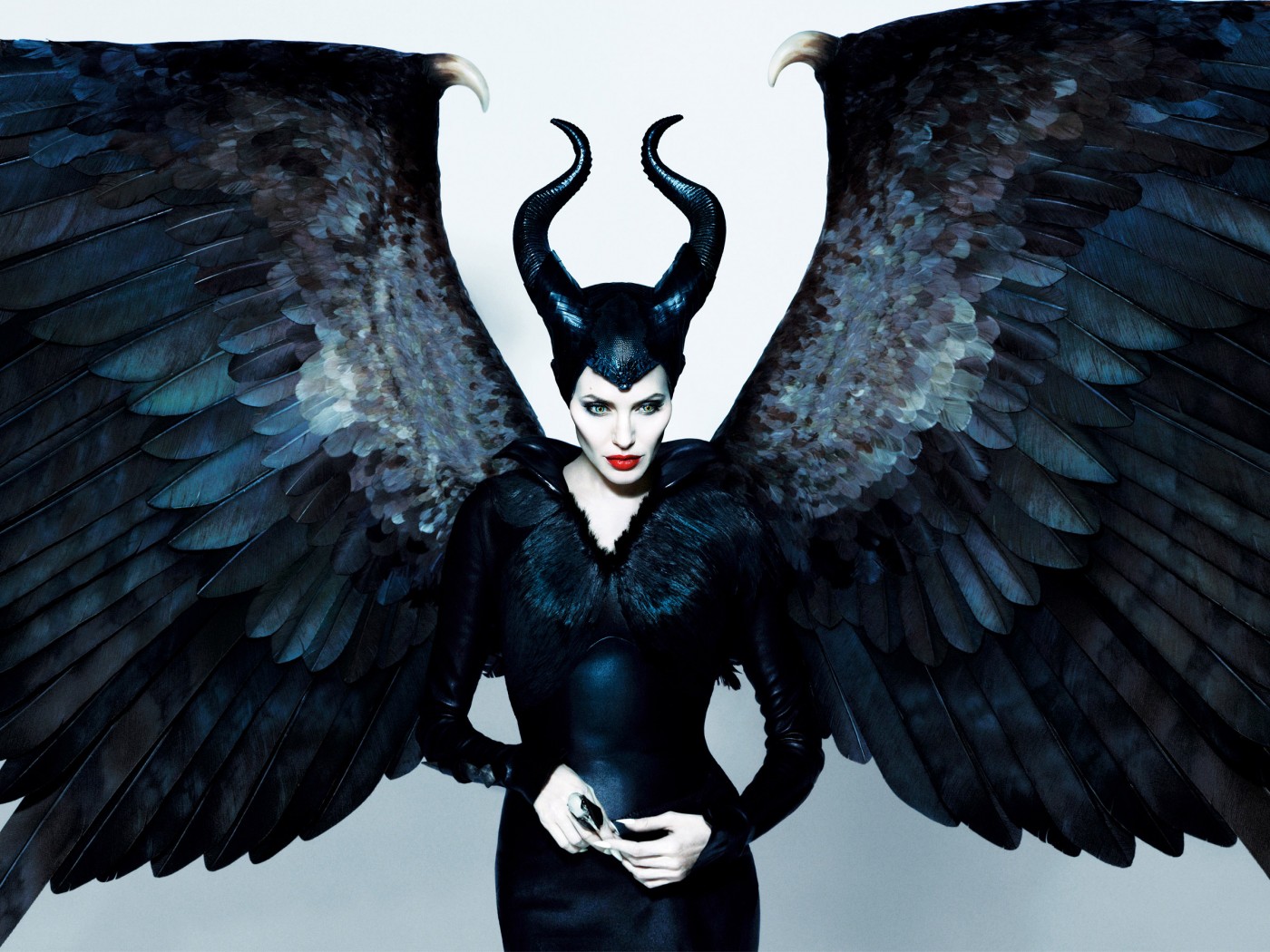News and Insights
Parental Guidance: Digital Strategies Around Children’s Movies
June 1, 2015
Computer animated films are big business and since the shift change of production from traditionally hand-drawn frames to whole movies composed on a computer, the industry has been transformed.
Toy Story started the revolution for film-goers with it being the first ever feature-length computer-animated movie in 1995. Twenty years on, all major studios are now launching films aimed at children, which are partly or wholly created through the use of computer-generated imagery (CGI). Below are our favourite examples where the digital marketing campagins prior to release ensured the films also changed the way movies are promoted.
Frozen
Released in 2013 by Walt Disney Pictures, Frozen is the highest-grossing computer animated film ever. The fantasy-musical cartoon took $1,279, 852, 693 at the box office and was a global hit with both children and adults across the world.
The character of Elsa led the way to two Academy Awards, a BAFTA, a Golden Globe and a soundtrack with over a million sales. Add in the seven million Spotify streams and it being the best-selling film on pre-orders alone on Amazon, this was a film which broke many cinematic boundaries.
Whilst much of the success was through a combination of strong writing, word of mouth ‘buzz’ and the marketing of the different characters (to meet Elsa at Disneyland is a 5 hour wait), the pre-release campaign focused on the uniqueness of the story. Pre- digital marketing campaigns pushed out the message that the film was for everyone and the release of the film in November meant it was poised for the Christmas market. An unusual move, which really added to the frenzy, was the legal team actively encouraged social media to share and upload snippets of music and trailers that would normally have been removed.
It seems that we as movie watchers were responsible for the phenomenal success of Frozen; we talked about it, we shared our thoughts on it, we watched fanmade films on YouTube, which used the now famous track ‘Let it Go’ in a variety of scenarios in a way never seen before. Disney may have provided the initial pre-launch teaser information but with the permission to share as we pleased without fear of corporate censorship, the public are now largely credited with being the digital marketing lion behind the amazing success of the movie.
The LEGO Movie
In the first weekend of release, The LEGO Movie took $69.11 million – the second largets opening weekend of any film released in February of any year. It took the late winter of 2014 by storm, with many heading to the cinema in the wake of Frozen and the continuing desire for a family film with an excellent storyline.
The pre-launch digital marketing campaigns targeted the existing LEGO fanbase, who were encouraged to see their favourite building blocks come to life. The digital reviews were positive and these were spread across social media initially through production company Warners and then those who were eager to see the film because they were either children, families or had a passion for LEGO.
With 55% of the first weekend audience being male and almost half under 18, it seems that Warners targeted their audience with absolute precision.
The Princess and the Frog
The success of The Princess and the Frog was due largely to two elements, which can easily be utilised for digital marketing; rumour (possibly pre-organised by the marketing strategists) and an initial limited release. This meant that Disney had the opportunity for organic digital marketing through social media, with users talking about possible rumours regarding character names and the name of the film being reportedly changed just before release.
In addition, those who watched the limited release viewings were able to offer online reviews, which made it a must-see experience by those desperate to see the film and feeling they were missing out as they hadn’t seen it on the initial release.
Whilst Disney dispelled the rumours circulated by E! magazine and USA Today that the lead character would have a different name and the film could be different, it took four days to release an official statement. This gave film sites and social media a huge opportunity to ponder the situation and add fuel to the pre-launch fire.
Maleficent
One day before Maleficent had even been released, the film had 2.5 million likes on Facebook, 69 million trailer views on YouTube and mentioned in 376,000 tweets.
Before anyone even had the chance to see this female-targeted story with Angelina Jolie leading the line up of stars, the digital campaign team decided to strongly focus on the female leads. This was carried out using two platforms in particular, which are popular with female users – Instagram and Tumblr.
In the weeks before release, Disney posted regular pre-production messages and snapshot teaser images to the 73,000 followers of Maleficent on Instagram. They also hosted a blog on Tumblr called, ‘Evil is the New Black’, which was a glossy lifestyle offering to woo female audiences to the first weekend showings.
An iBook for tablets was made available before the release date to appeal to an older female audience and clips were posted on platforms such as Yahoo Movies, which has a more mature following. It even gathered 20,000 fans on Pinterest, a platform with majority female users.
Outside the digital arena but with links from their website quickly shared around the world, The New York Times ran an article that described the intricate and unusual make-up worn by Angelina Jolie, featuring images taken during production. This article led millions of teenagers to use YouTube to teach themselves how to recreate the ‘Maleficent look’ with their make-up.
The digital marketing worked. The film, which takes a character of pure heart and then turns her into an iconic villain, took $170.6 million in the first weekend alone. As well as being a digital marketing success, it also became Angelina Jolie’s highest-grossing live-action film of all time.
We Want to See Your Name in Lights
As a creative digital marketing agency FINN Partners uses a combination of digital marketing strategies to place products and services in the best possible position pre-launch.
Contact us to learn more about our web agency and digital marketing.
-
TAGS:
- Consumer & Lifestyle



